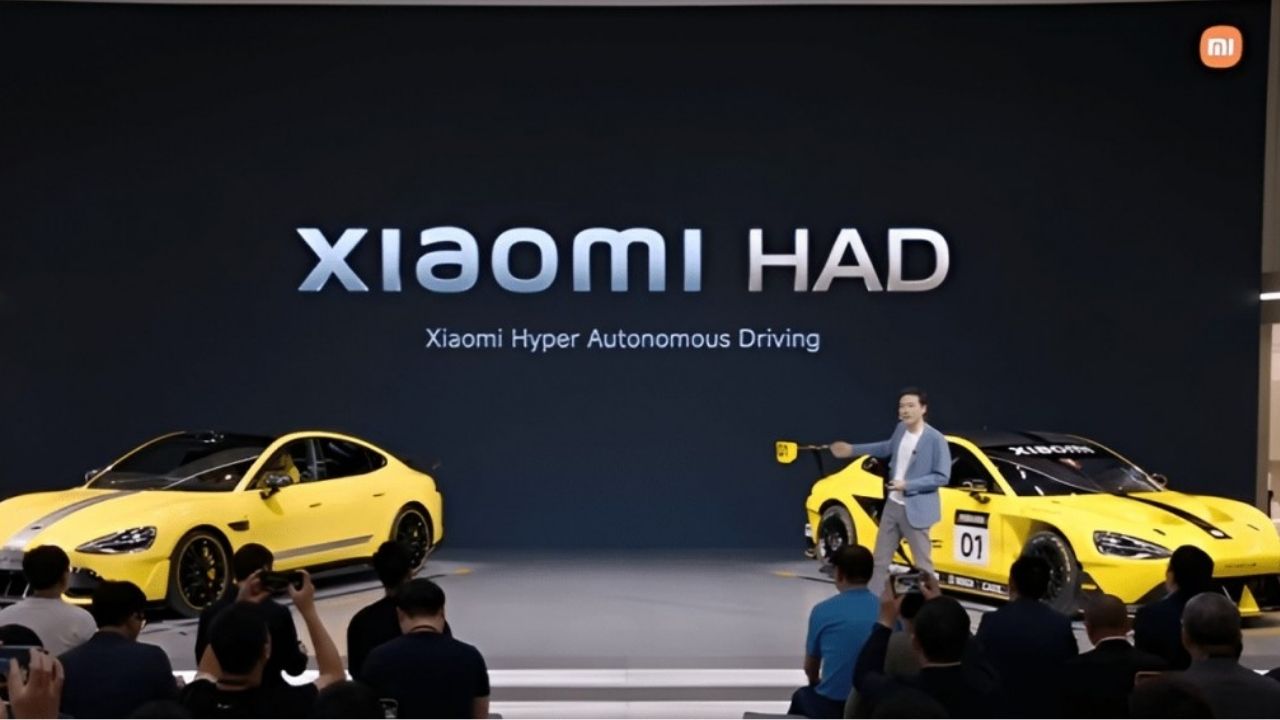While the electric car world continues to grow day by day, it is impossible to ignore the share of Chinese companies in the market. Especially the SU7 Ultra, which was announced in addition to the Xiaomi SU7 models developed and introduced by Xiaomi, won acclaim with its high performance and sports appearance. Today, with the statements made by Xiaomi CEO Lei Jun, it was stated that the vehicle broke its own record. Here are the Xiaomi SU7 Ultra record details.
Xiaomi SU7 Ultra reached a speed of 359.71 km/h
The SU7 Ultra, which was officially introduced last month and reached 3,680 refundable pre-sales in about 10 minutes, reached a new record speed according to Lei Jun’s statements at the Guangzhou Auto Show. With the tests conducted at CATARC Yan Cheng Automotive Proving Ground, the maximum speed of the SU7 was determined as 359.71 km/h.

According to Lei, this rate was recorded as the speed in the test area, not the actual maximum speed of the SU7 Ultra. In other words, as we understand from these statements, the actual speed Xiaomi wants to offer will reach even higher. According to the company’s plans, the electric sports vehicle will join the race tracks in China next year.
It was also announced that the SU7 Ultra is planned to appear on Germany’s famous Nürburgring track. Where the prototype of the vehicle completed a lap in six minutes and 46.874 seconds, it managed to reach a total speed of 324 kilometres. In other words, the vehicle, which broke its own record with the new speed, will reach higher speeds in the trials to be held next year.
With the vehicle recorded as the fastest four-door vehicle, one of the new technologies was introduced by Xiaomi at the fair. With the statements made by Lei Jun, the Hyper-Autonomous Driving (HAD) system, ie the autonomous driving system, was also announced. As of 16 November, the system, which will start testing, is planned to be presented next month.

Xiaomi states that the new system detects complex environments such as narrow spaces, busy intersections, and roads with obstacles and notifies the driver. Through the ‘Vision-Language Model’ (VLM), the new autonomous driving system will perform better in areas such as uneven road surfaces, construction zones and T-intersections.
So what do you think about this subject? You can share your thoughts in the comments.














